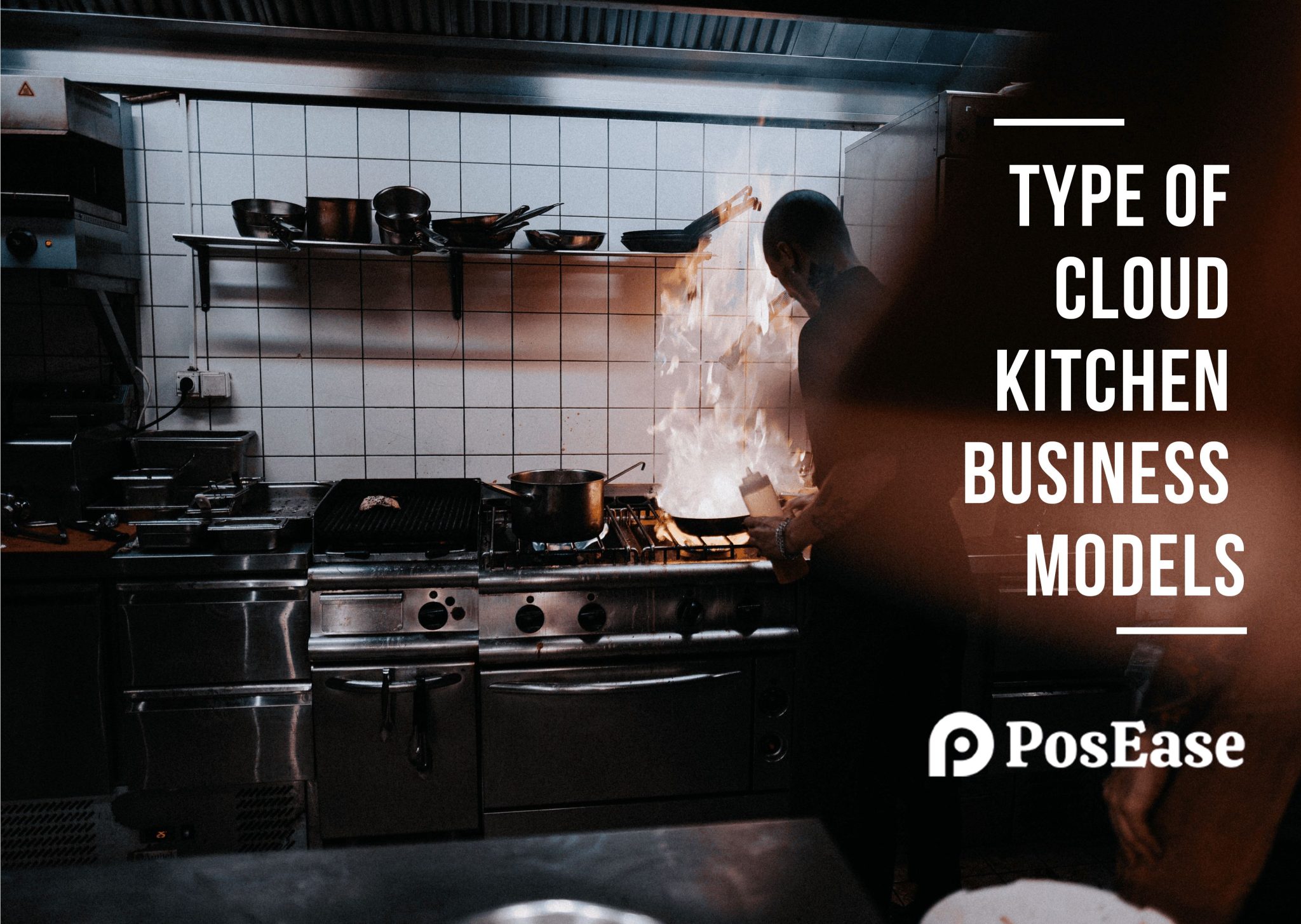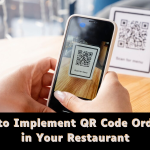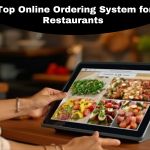Type of Cloud Kitchen Business Models

Single-brand cloud kitchen: The Standalone cloud kitchen that operates under a single concept. There are some of the basics of Single-brand cloud kitchen that have Small menus with limited food items and with an area of around 300 sq. ft.
Virtual restaurant: From an already existing restaurant a virtual brand is created that uses the infrastructure and resources of the kitchen under a different brand name. This new brand offers a new menu different from the main menu of the restaurant for which it is famous.
Multi-brand cloud kitchen: For business expansion, Multi-brand cloud kitchen is an easy and flexible model. Different brands of the same company can work from the same set-up, using the same resources and funding. These brands focus on different culinary aspects and cater to different target groups. This kind of model is beneficial to companies as it helps them reach out to more and more people and grow their business.
Co-working kitchen spaces: Here the co-working kitchen spaces that setting up a large kitchen infrastructure with each kitchen having all the pieces of equipment and tools possible. These can be rented to different types of restaurants to work. Such kitchens are generally located at places where customer demand is extremely high.
Aggregator managed cloud kitchens: The food aggregators have tie-ups with top restaurant partners to prepare food for delivery. They have large co-working kitchen spaces, all managed by online food aggregators. In India, Zomato and Swiggy have an important role to play.
The operator managed cloud kitchen: Although the brands are listed separately on the online food aggregators menu, one can also order directly from the cloud kitchens operator’s ordering website, mobile apps of the call center. The kitchen operator runs the operations of the existing kitchen on their behalf. It works on a revenue-sharing model.
Search
Category
Recent Posts




